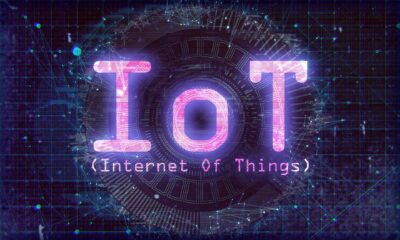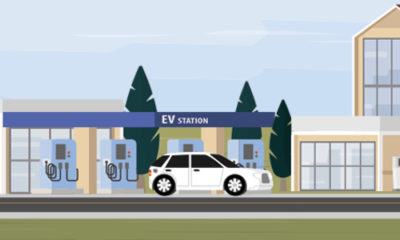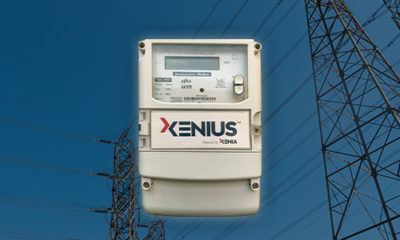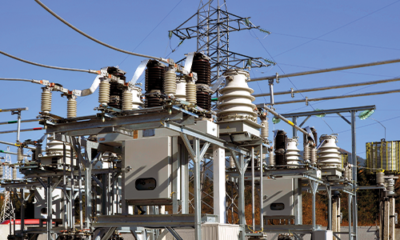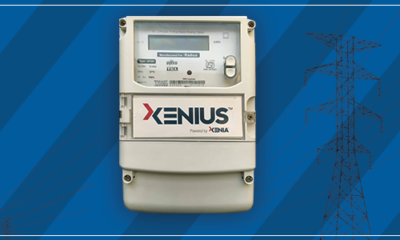News
ESS: For hassle-free power distribution


Source: https://www.xenius.in/ess-for-hassle-free-power-distribution/
The advent of electrical substations has revolutionised the operational efficiency of power distribution and enhanced the comfort level of both the discoms, as also the consumers. With digital and remote controls, these smart substations have led to smooth and flawless distribution of electricity with least interruptions.
The world is going digital, and so is electricity! It is not too uncommon nowadays to keep a tab on one’s home even from thousands of miles away, simply with the touch of a button. With automation, IoT (Internet of Things) and smart appliances and applications having taken over the market, it is natural to expect devices or systems that have a manual outlook to also switch over to smarter technologies soon. One such smart-tech alternative on offer is the electrical substation, or ESS.
A substation is a unit that is a part of electrical generation, transmission and distribution system. It consists of a transformer to set voltage levels as required, and is operated manually and maintained by the utilities, or service providers. Earlier substations were completely manual and required a large manpower to distribute electricity, and also for their maintenance. Today, substations have become far more advanced and a lot more convenient to handle. The constant evolution of technology has enabled utilities to now control substations remotely, and digitally.
- Earlier substations were completely manual and required a large manpower to distribute electricity, and also for their maintenance.
- Over the years, these have been enhanced by digital technology making them perform better, at higher ratings, with more reliability.
- The power distribution companies use these modems extensively to keep a track of the electricity being distributed to the consumers.
- The sensors installed initiate timely check-ups of the system and assets consolidating a health report of the equipment.
The age of smart electrical substations (ESS) has dawned in real earnest. Over the past few years, these have been enhanced by digital technology making them perform better, at higher ratings, and with more reliability than ever before. Smart electrical substations operate at maximum capacity as the customers demand more and more power, and at the best possible quality. Therefore, if and when a fault occurs, it needs to be dealt with immediately. The sensors installed in the substation detect the fault and intimate the utility of its location and magnitude. This provides the maximum up-time for electricity.
Sensors and feeders are installed in the substations to monitor the electricity supply from the generation to transmission level and then from the transmission to distribution level. The power distribution companies (discoms) use these modems extensively to keep a track of the electricity being distributed to the consumers. Discoms can remotely access and manage the data of the power distributed and regulate the charges as required. The smart devices also provide the utility with weekly and monthly reports of power outages. Less human interference results in error-free reports.
Not only this, the smart tools of the ESS open up a new path for their maintenance too. The sensors installed initiate timely check-ups of the system and assets consolidating a health report of the equipment. This not only saves time but also cost in repairing of the assets and adds to their better efficiency. Overall, the digital technology in the electrical substation aims to provide flawless power supply with minimum outages.
-



 Interviews4 weeks ago
Interviews4 weeks agoHigh Rental Yield, Price Appreciation, Stable Growth, Make Sydney an Ideal Realty Investment Option: Haansal Estate
-



 News3 weeks ago
News3 weeks agoManasum Senior Living Launches IKIGAI GOA, A Senior Living Community in North Goa, in collaboration with Prescon Homes
-



 News2 weeks ago
News2 weeks agoKW Delhi 6 Mall Onboards New Brands
-



 News3 weeks ago
News3 weeks agoBridging India Divide: Top 5 Tier- 2 Cities to Focus On
-



 News1 week ago
News1 week agoGodrej Properties Sells Rs 3k cr+ Homes of Godrej Zenith, Gurugram, within 3 days
-



 News2 weeks ago
News2 weeks agoCommercial Realty Gets Tech Savvy: Fast Construction, Enhanced Convenience
-



 News3 weeks ago
News3 weeks agoMultipoint Connection – A Definite Boon
-



 News3 weeks ago
News3 weeks agoSacred Cities See a Retail Boom as Spiritual Tourism Surge: CBRE Report





